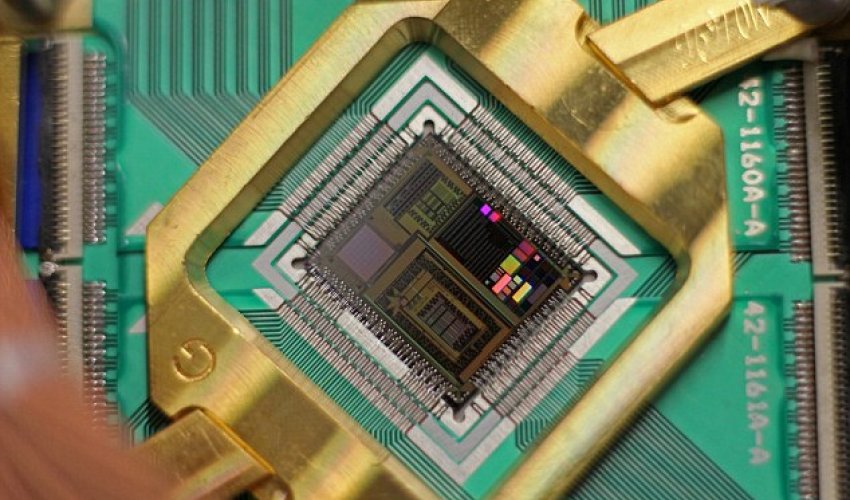Google goes quantum

Google has revealed that its controversial quantum computer really does work.
The search giant claims it has discovered a quantum algorithm that solves problems 100 million times faster than conventional computers.
If this is true, it could speed up the development of everything from self-driving cars to humanoid robots and deep space probes.
Google and Nasa have been working together for two years on something known as the D-Wave X2 computing system.
Along with other companies, they want to develop quantum computers to improve their data-crunching powers.
This, they say, could create more powerful artificial intelligence and lead to breakthroughs in material science.
The D-Wave is described as the world's first working quantum computer, although it has never been definitively proven that the machine uses quantum processes - that is, until now.
The computer can be found at the Nasa Ames Research Center, near Mountain View, California, and looks like a giant black utility box.
Today's Google announcement is based on 'quantum annealing' (QA), according to a report in Engadget.
This is a technique to find out the most efficient overall course of action to complete a task with any given set of numbers.
Google recently tested the new QA algorithm in a trial against conventional systems, and has published a paper with its results.
Google's method beat out the conventional computer, solving a function with 1000 binary variables up to 100 million times faster.
'The D-Wave took about a hundredth of a second' to solve the problem, Google director of engineering Hartmut Neven told Popular Mechanics.
A classical computer the same problem would take about 100 days.
Quantum computing harnesses the laws of quantum mechanics to process information.
It's distinct from a traditional computing that uses long strings of 'bits' which encode either a zero or a one.
Instead, a quantum computer uses quantum bits, or qubits.
A qubit is a quantum system that encodes the zero and the one into two different quantum states.
These qubits behave under the laws of quantum mechanics that govern electrons, atoms and photons.
The laws include something known as 'superposition', which is the ability of a quantum system to be in multiple states at the same time.
They also describe 'quantum entanglement' in which two particles are somehow linked despite being separated by vast distances.
Due to superposition and entanglement, a quantum computer can process a huge number of calculations at the same time.
This is because a quantum computer will have the advantage of using ones, zeros and 'superpositions' of ones and zeros, whereas a classical computer works with only ones and zeros.
The company described the results as 'intriguing and very encouraging' but added that it still has some way to go before the technology comes to market.
According to Fortune, Rupak Biswas, deputy director of exploration technology at Nasa Ames, likened the state of quantum computing to the early development of conventional computers during the 1930s and 1940s.
'If quantum computing were to work, it is truly a disruptive technology and it could change how we do everything, almost,' Biswas said.
'No company would like to be left behind, in some sense.'
(dailymail.co.uk)
www.ann.az
Similar news
Similar news
Latest news 
More news 



































 Photo
Photo 



 Video
Video 

